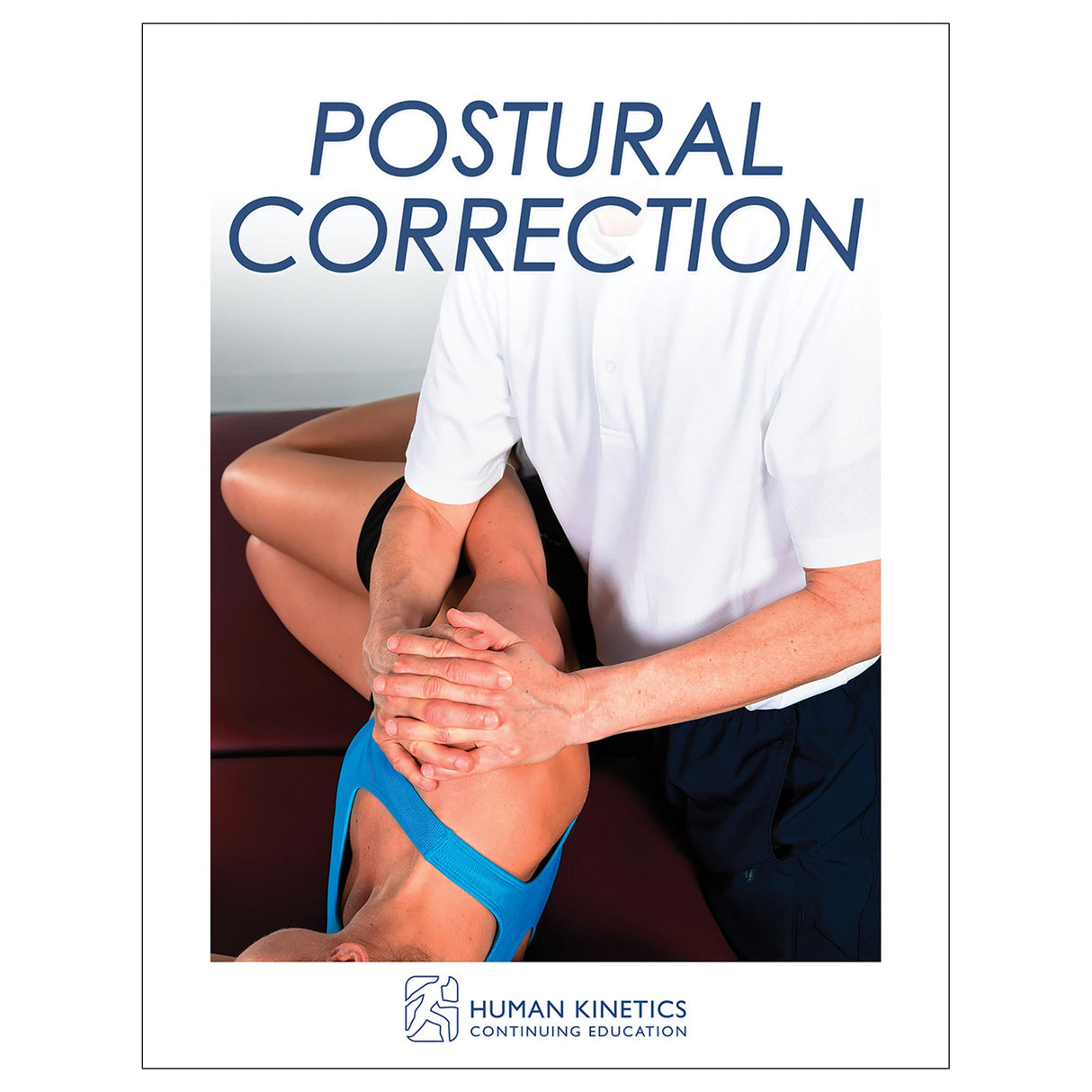Postural Correction Online CE Course With Ebook
Author: Jane Johnson
$136.95 CAD
Human Kinetics strongly recommends that you complete your exam within the calendar year of your date of purchase to ensure approved credits do not expire for your organization.
- Postural Correction ebook
- Online study guide
- Online continuing education exam
Structured by anatomical regions of the body, Postural Correction tackles postural concerns commonly affecting the spine; pelvis; upper limbs, including the shoulder and elbow; and lower limbs, including the hip, knee, ankle, and foot. Using clear, simple explanations that avoid biomechanical jargon, the text provides an overview of each malalignment, including which muscles to lengthen and loosen, which to shorten and strengthen, whether the suggested technique is carried out by you or your client, and rationale for the corrective technique.
The posture corrections involve a variety of techniques, including deep tissue massage, simple passive stretches, soft tissue release, common trigger points, and gentle limb traction. Full-color anatomical illustrations and photographs present a clear visual of what will help bring about postural change. You'll also learn how weak or poorly functioning muscles may contribute to postural problems and what muscles need to be strengthened with recommendations on techniques.
Recognizing that the work clients can carry out independently is a crucial component of long-term postural correction, you’ll be prepared to inform clients on the best approach to continue their therapy between or at the conclusion of their sessions. Much attention is paid to lifestyle, activities, and habitual use or resting of body parts that may have led to the initial pain and malalignment.
The included study guide provides chapter activities to help solidify understanding of key concepts. Once you complete the course and pass the exam, you can print a certificate for continuing education credits.
Learning Objectives
- Give examples of body structures affected by malalignment and possible consequences of such malalignment.
- Explain the rationale for the use of techniques such as stretching, massage, strengthening, deactivation of trigger points, and taping in the treatment of posture correction.
- Give specific examples of techniques a therapist or fitness professional can use to facilitate a change in posture for problems affecting the cervical, thoracic, and lumbar regions of the spine.
- Give specific examples of techniques a therapist or fitness professional can use to facilitate a change in posture for problems affecting the pelvis, upper limbs, and lower limbs.
- Give specific examples of techniques a client may use to facilitate a change in posture for problems affecting the cervical, thoracic, and lumbar regions of the spine.
- Give specific examples of techniques a client may use to facilitate a change in posture for problems affecting the pelvis, upper limbs, and lower limbs.
Audience
Manual therapists—particularly athletic trainers, physical therapists, physiotherapists, osteopaths, and chiropractors—and body workers such as sports therapists, sports massage therapists, and fitness professionals.Chapter 2. Changing Posture
Chapter 3. Cervical Spine
Chapter 4. Thoracic Spine
Chapter 5. Lumbar Spine
Chapter 6. Scoliosis
Chapter 7. Pelvis
Chapter 8. Lower Limb
Chapter 9. Shoulder
Chapter 10. Elbow





